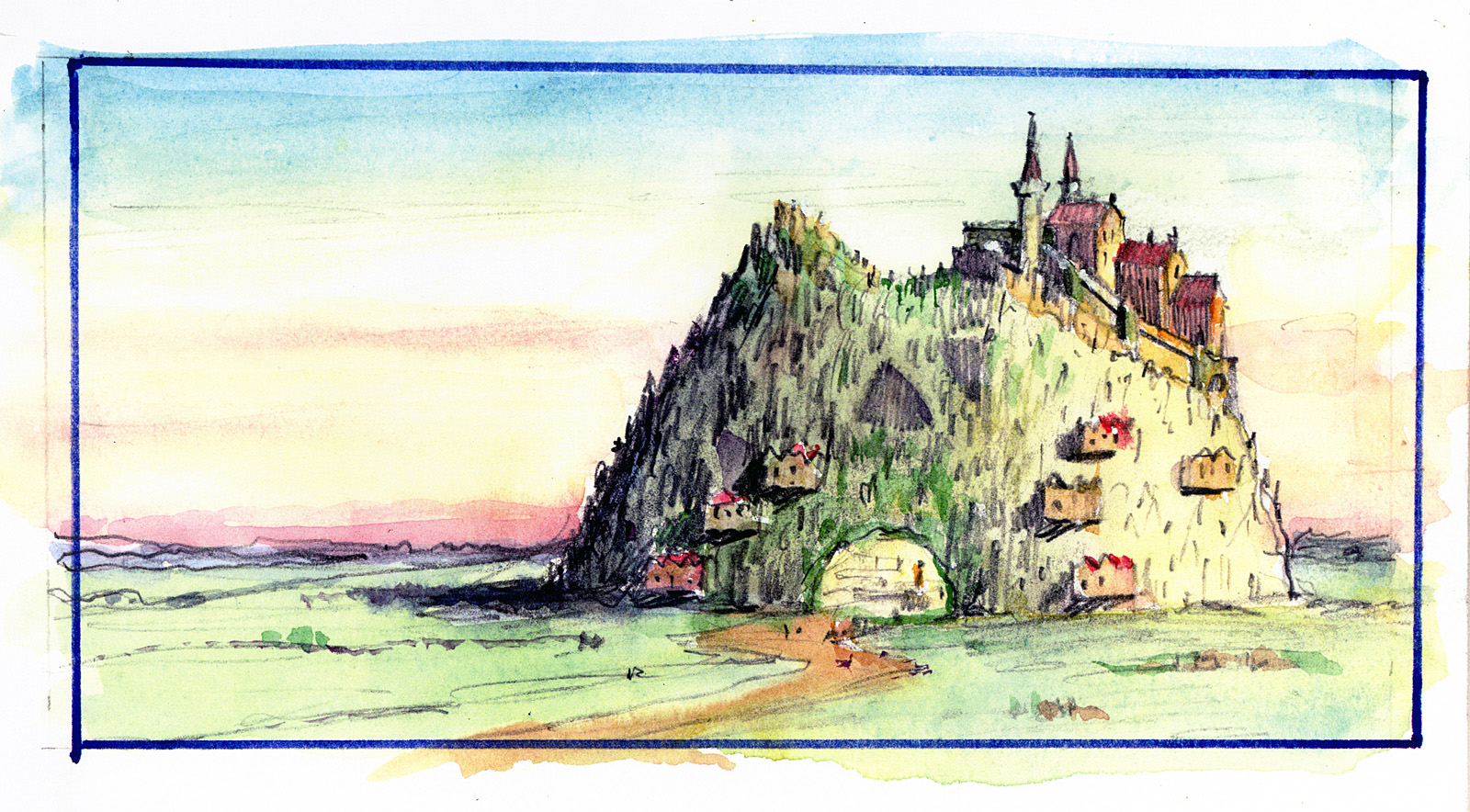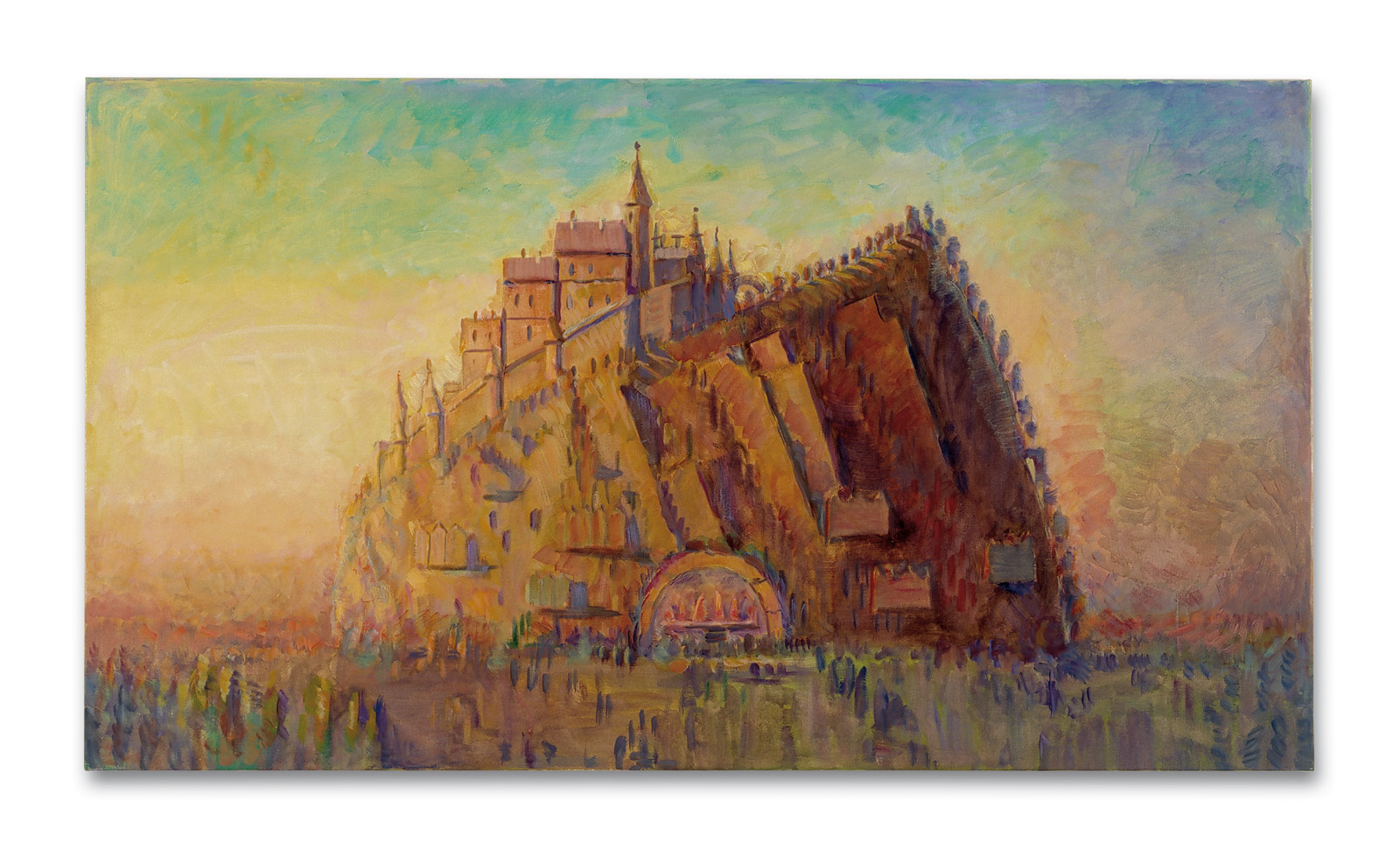“Morning, Evening, Night …”
with Emilia Kabakov
YEAR: 2005
CATALOGUE NUMBER: 173
PROVENANCE
Collection of Ilya and Emilia Kabakov
NOTES
See CRP, vol. 2, nos. 524–535, pp. 268–273, 540–543.
See CRB, no. 127, pp. 498–500.
EXHIBITIONS
Kunsthallen Nikolaj (formerly known as Nikolaj Udstillingsbygning / Nikolaj, Copenhagen Contemporary Art Center), Copenhagen, Denmark
H. C. Andersen – En Livsverden: Installationer af Ilya og Emilia Kabakov og Joseph Kosuth / H. C. Andersen – A Life World: Installations by Ilya & Emilia Kabakov and Joseph Kosuth, June 18 to August 28, 2005
Listasafn Reykjavíkur / Reykjavík Art Museum, Iceland
H. C. Andersen – Lífheimur (Living World), April 2 to June 5, 2006
Galleria Lia Rumma, Milan, Italy
Ilya & Emilia Kabakov, January 15 to March 3, 2012 (only the part Evening)
DESCRIPTION
The full installation, its ideal variation, consists of three parts, three dwellings corresponding to the title: “morning, evening, night.” A square partitioned space with a height of 2.6 meters is constructed in a high dwelling. Windows are cut out in the center of the two opposing walls, one on each wall. A roundtable holding a large model of the city with a mountain in the center can be seen in the middle of the closed space. And there is a castle on the top of the mountain. There are paintings hanging on both sides of the windows depicting, in the old classical style, the same view as that which can be seen by the viewer through the window, but with a different degree of proximity and foreshortening. If you scrutinize these paintings carefully, you can see various plots from Andersen’s stories: “Thumbelina,” “The Steadfast Tin Soldier,” and others. On the other side of the partitioned space is also a window and two paintings that correspondingly have different views and plots. The proportions and distances between the separate “rooms,” the model, the table, and the paintings are done in such a way as to create a special atmosphere of a “room inside yet another room.”
Next to each entrance, there is a desk with Andersen’s books.
Varied illumination plays the decisive role in the entire installation. The first room is illuminated by an even light coming from above, where everything can be easily seen. The second room is in semi-darkness, the light is half-extinguished and only the top of the castle on the model is illuminated. The entire atmosphere is like that inside at dusk. The third room is total nighttime, but the insides of the rooms in the houses and castle (on the model) shine in this night.
Perhaps only the first and second parts of the installation can be realized in the exhibition space of NIKOLAJ because of a lack of space, but in another location, it would be desirable to construct it in its entirety.
The ceiling in the first dwelling should be made of semi-transparent tulle that will let the diffuse light pass through. The second dwelling should be covered with a real ceiling (plywood). 6. Music will play softly inside the inner room (with the model).
CONCEPT OF THE INSTALLATION
The general idea of the installation is the creation of the image of an “Andersen Country”—a kind of amazing space where the plots of his philosophical fairy tales are played out. This is undoubtedly a country of islands amidst reality islands of fantasy amidst our dull ordinary days. But this country of islands has one peculiar trait—it is located not far away, it remains within sight, but at the same time, it is not very nearby, preserving some sort of lofty distance between itself and us. It is precisely at this distance where our imagination and romantic dreaminess reside. Furthermore, this country is surrounded by melancholy, by a sadness that is weightless and transparent, but it is a sadness nonetheless. And a remarkable feeling arises from each event that occurs in this country: at first, it is as though everything happens in full daylight, then it is wrapped up in the dusk, and then it slowly submerges into darkness. This game with illumination and darkness creates the atmosphere of a strange cosmology, where each plot shines like a distant star in the night sky.
Images
Literature













